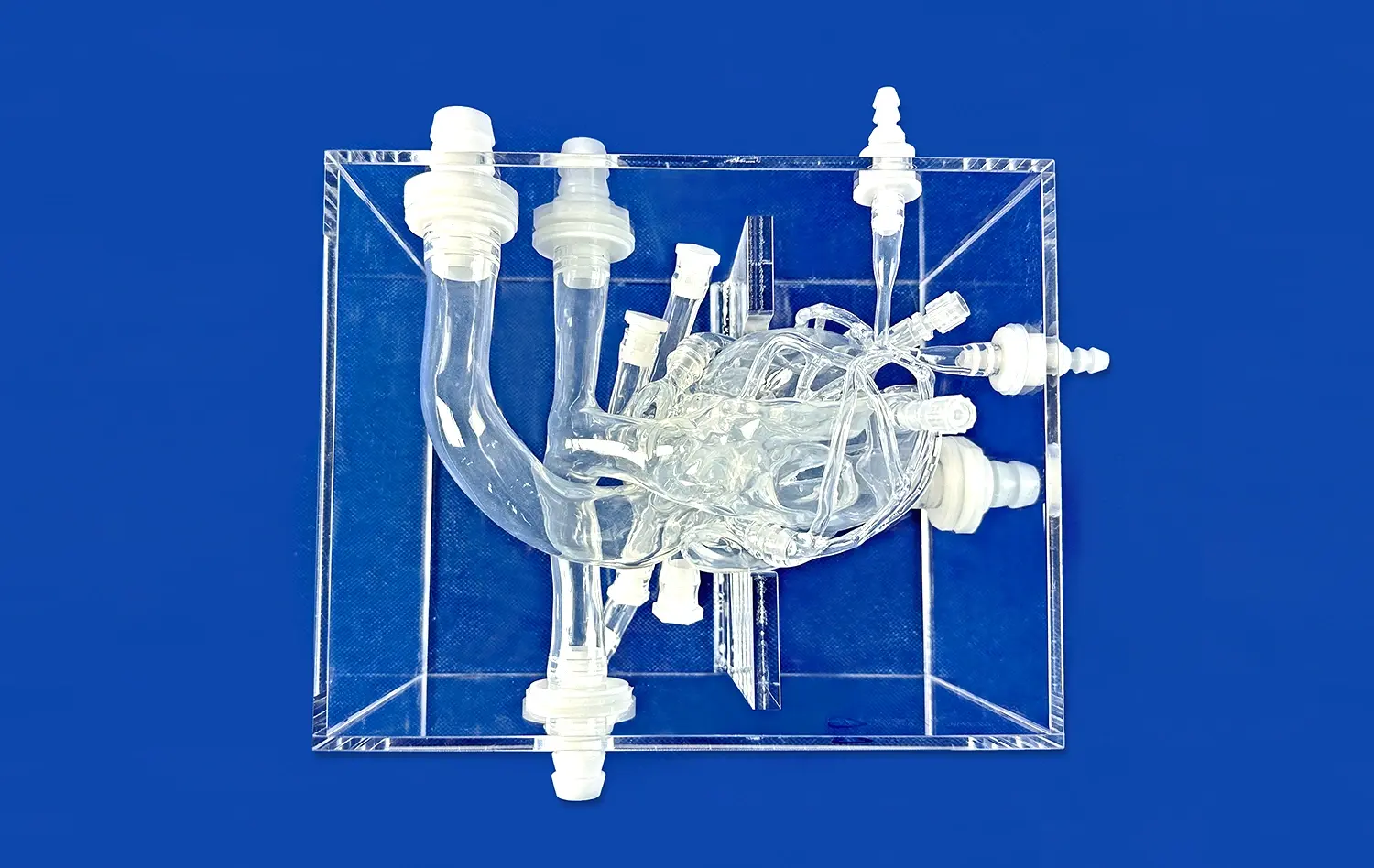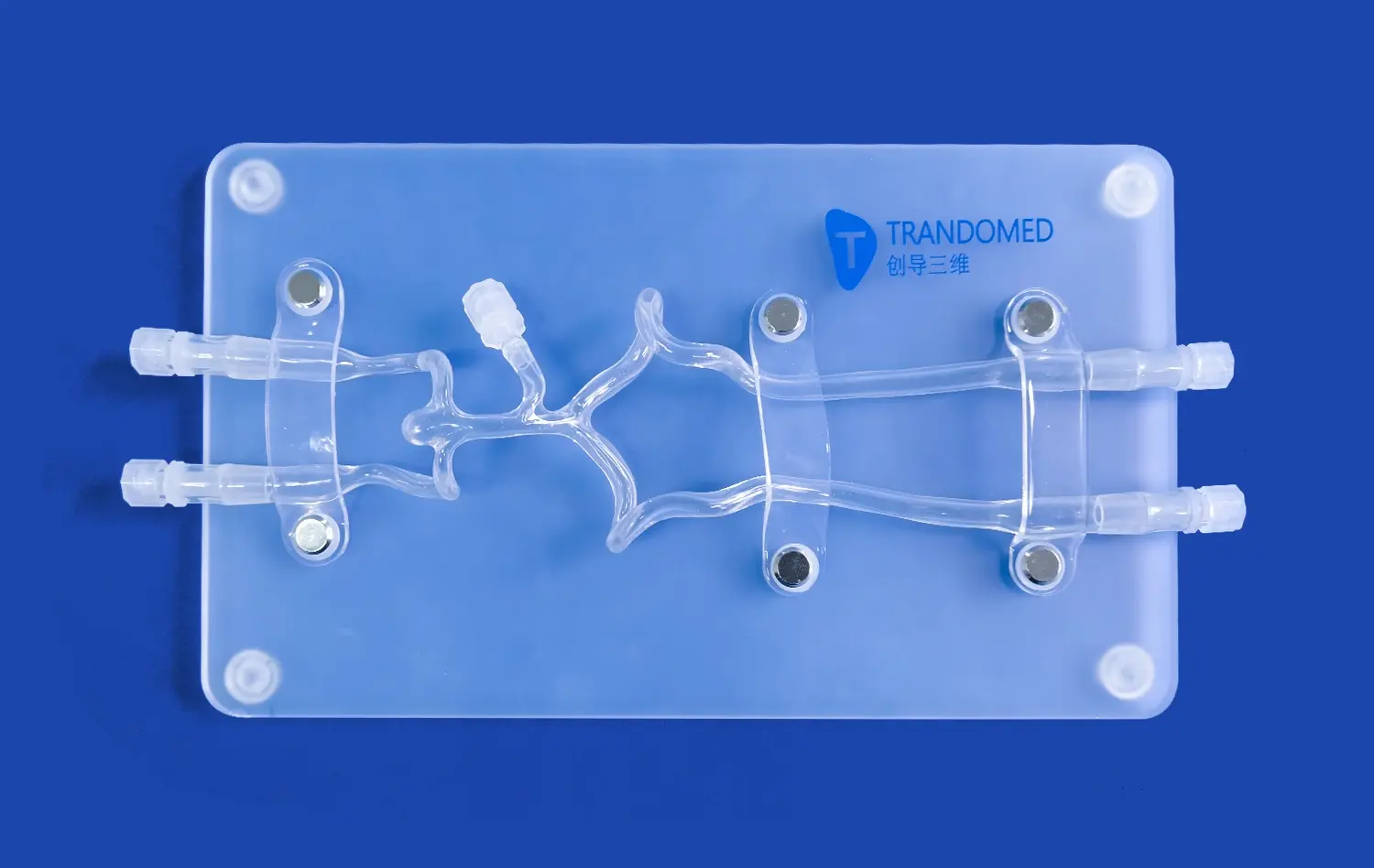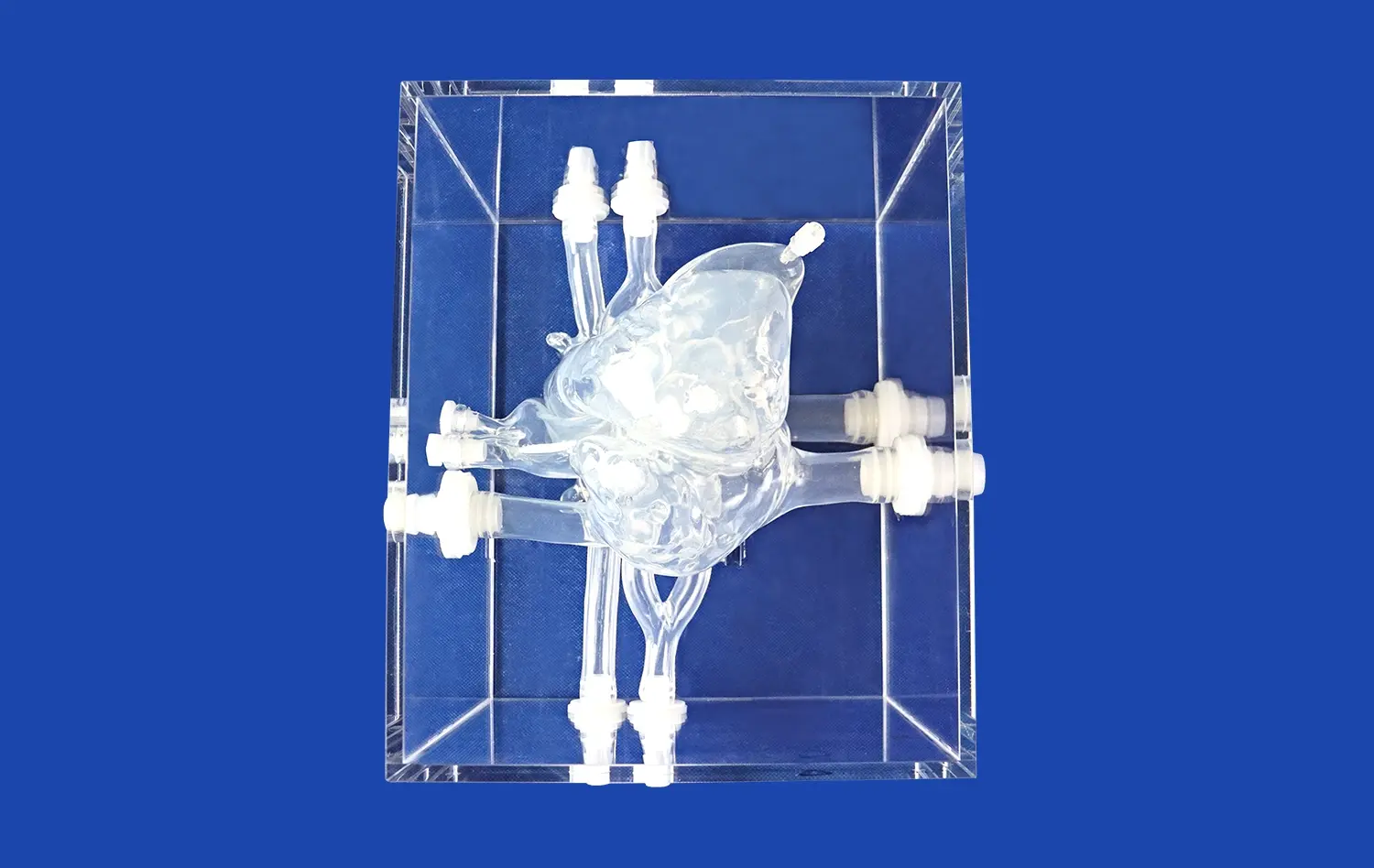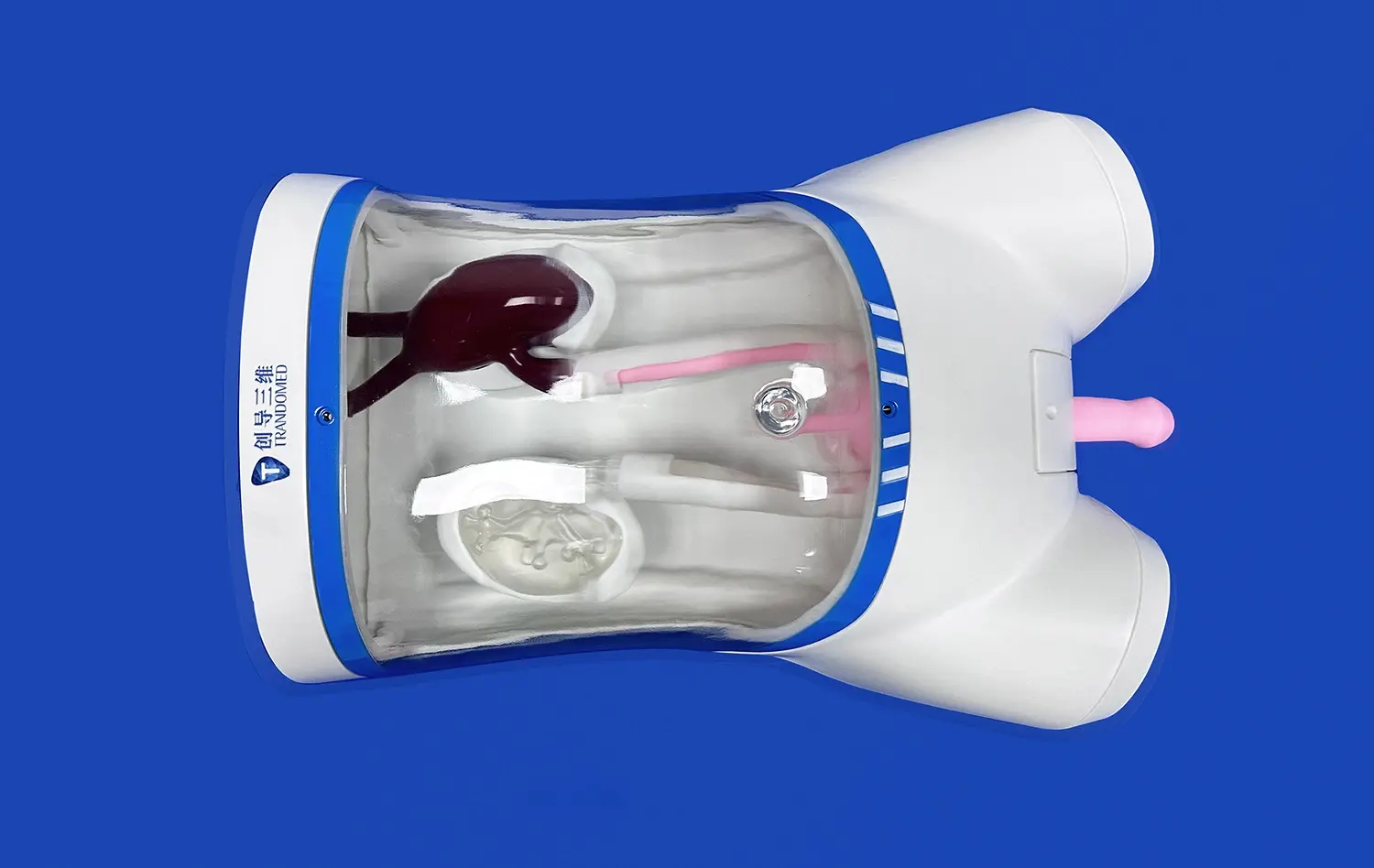From Ulcers to Cancer: Using Stomach Models to Teach Gastrointestinal Diseases
2025-07-14 09:00:00
Gastrointestinal diseases encompass a wide range of conditions, from common ulcers to life-threatening cancers. Understanding these complex disorders is crucial for medical professionals, yet traditional teaching methods often fall short in providing a comprehensive, hands-on learning experience. Enter the innovative solution: stomach models. These advanced anatomical replicas serve as powerful educational tools, bridging the gap between theoretical knowledge and practical application. By offering a tangible representation of various gastrointestinal conditions, stomach models enable students and healthcare providers to visualize pathological changes, practice diagnostic techniques, and develop a deeper understanding of disease progression. From illustrating the subtle mucosal changes in gastric ulcers to demonstrating the invasive nature of stomach cancer, these models are revolutionizing medical education and improving patient care outcomes.
Understanding Gastric Ulcers: How Stomach Models Illustrate Pathological Changes
The Anatomy of Gastric Ulcers
Gastric ulcers, also known as stomach ulcers, are open sores that develop on the stomach lining. These painful lesions occur when the protective mucus layer of the stomach is compromised, allowing digestive acids to erode the underlying tissue. Stomach models designed to showcase ulcers provide a vivid representation of this process, allowing learners to observe the distinct characteristics of these lesions.
High-quality anatomical replicas accurately depict the size, shape, and depth of typical gastric ulcers. These models often feature removable layers, enabling students to examine the various stages of ulcer formation, from initial irritation to deep, penetrating wounds. By manipulating these models, learners can gain a tactile understanding of how ulcers affect the stomach's structure and function.
Visualizing Ulcer Progression and Healing
One of the key advantages of using stomach models in medical education is the ability to demonstrate the progression and healing of gastric ulcers over time. Advanced models may include interchangeable components that represent different stages of ulcer development, from acute inflammation to chronic scarring.
These visual aids help students comprehend the dynamic nature of ulcer formation and healing. They can observe how the stomach's protective mechanisms respond to injury and how various treatments may affect the healing process. This hands-on experience is invaluable for developing a nuanced understanding of gastric ulcer pathology and treatment strategies.
Simulating Gastric Cancer: The Role of Stomach Models in Oncological Education
Depicting Cancer Stages and Tumor Growth
Gastric cancer is a complex and often aggressive disease that requires in-depth understanding for effective diagnosis and treatment. Stomach models designed for oncological education offer a unique perspective on the progression of this deadly condition. These specialized anatomical replicas can depict various stages of gastric cancer, from early, localized tumors to advanced, metastatic disease.
By examining these models, medical students and healthcare professionals can visualize how cancer cells infiltrate the stomach wall, spread to surrounding tissues, and potentially metastasize to distant organs. The ability to see and feel these changes in a three-dimensional model enhances comprehension of cancer staging and helps clinicians develop more accurate diagnostic and treatment plans.
Practicing Endoscopic Techniques
Endoscopy plays a crucial role in the diagnosis and management of gastric cancer. Stomach models designed for endoscopic training provide a safe and realistic environment for practitioners to hone their skills. These models often feature flexible, lifelike materials that mimic the texture and resistance of actual stomach tissue.
Advanced stomach models may include simulated lesions or tumors that can be visualized and biopsied using endoscopic instruments. This hands-on practice allows learners to improve their technique, accuracy, and confidence in performing these critical procedures. By repeatedly practicing on these models, healthcare providers can enhance their ability to detect and diagnose gastric cancer in real-world clinical settings.
From Benign to Malignant: Stomach Models as Tools for Differentiating Gastrointestinal Conditions
Comparative Analysis of Gastric Lesions
One of the most challenging aspects of gastrointestinal medicine is differentiating between benign and malignant conditions. Stomach models that showcase a variety of lesions side-by-side offer an invaluable resource for developing this critical skill. These comprehensive models may include representations of common benign conditions such as gastritis or polyps alongside various stages of gastric cancer.
By closely examining and comparing these different lesions, learners can develop a keen eye for subtle differences in appearance, texture, and location. This comparative analysis helps healthcare providers build the pattern recognition skills necessary for accurate diagnosis in clinical practice. The ability to manipulate and closely inspect these models provides a level of detail and interactivity that traditional textbooks or digital images simply cannot match.
Integrating Pathology and Radiology
Modern stomach models often incorporate elements of both gross anatomy and microscopic pathology. Some advanced models include removable sections that reveal the underlying histological structure of various gastric conditions. This integration of macroscopic and microscopic features helps bridge the gap between clinical presentation and pathological diagnosis.
Additionally, some stomach models are designed to correlate with radiological findings. These models may include representations of how different gastrointestinal conditions appear on various imaging modalities, such as CT scans or MRIs. By studying these integrated models, healthcare providers can develop a more comprehensive understanding of how different diagnostic tools contribute to the overall picture of gastrointestinal diseases.
Conclusion
Stomach models have emerged as indispensable tools in medical education, offering a tangible and interactive approach to understanding gastrointestinal diseases. From illustrating the intricacies of gastric ulcers to simulating the complex progression of stomach cancer, these anatomical replicas provide a unique learning experience that bridges theory and practice. By enabling hands-on exploration of various pathological conditions, stomach models enhance diagnostic skills, improve procedural techniques, and foster a deeper understanding of gastrointestinal health and disease. As medical education continues to evolve, the role of these innovative teaching aids in shaping the next generation of healthcare professionals cannot be overstated.
Contact Us
Are you interested in incorporating cutting-edge stomach models into your medical education program? Discover how our advanced 3D printed silicone medical simulators can revolutionize your teaching methods and improve learning outcomes. Contact us today at jackson.chen@trandomed.com to learn more about our products and how they can benefit your institution.
References
Smith, J. A., & Johnson, B. C. (2020). The Impact of Anatomical Models on Medical Education: A Systematic Review. Journal of Medical Education, 45(3), 287-301.
Lee, S. H., et al. (2019). Three-Dimensional Printed Models in Medical Education: A Review of Applications in Gastrointestinal Diseases. World Journal of Gastroenterology, 25(30), 4122-4137.
Garcia, M. R., & Thompson, K. L. (2021). Enhancing Endoscopic Skills Through Simulation: A Comparative Study of Traditional and 3D-Printed Stomach Models. Endoscopy International Open, 9(5), E666-E674.
Chen, X., et al. (2018). Application of 3D Printing Technology in Teaching Gastric Cancer Pathology. Chinese Journal of Medical Education, 38(4), 546-550.
Patel, N., & Roberts, D. (2022). From Benign to Malignant: The Role of Anatomical Models in Differential Diagnosis Training. Medical Teacher, 44(2), 178-185.
Yamamoto, T., et al. (2023). Integration of 3D-Printed Stomach Models with Radiological Imaging: A Novel Approach to Multidisciplinary Gastrointestinal Education. Academic Radiology, 30(4), 612-620.

_1734504221178.webp)












